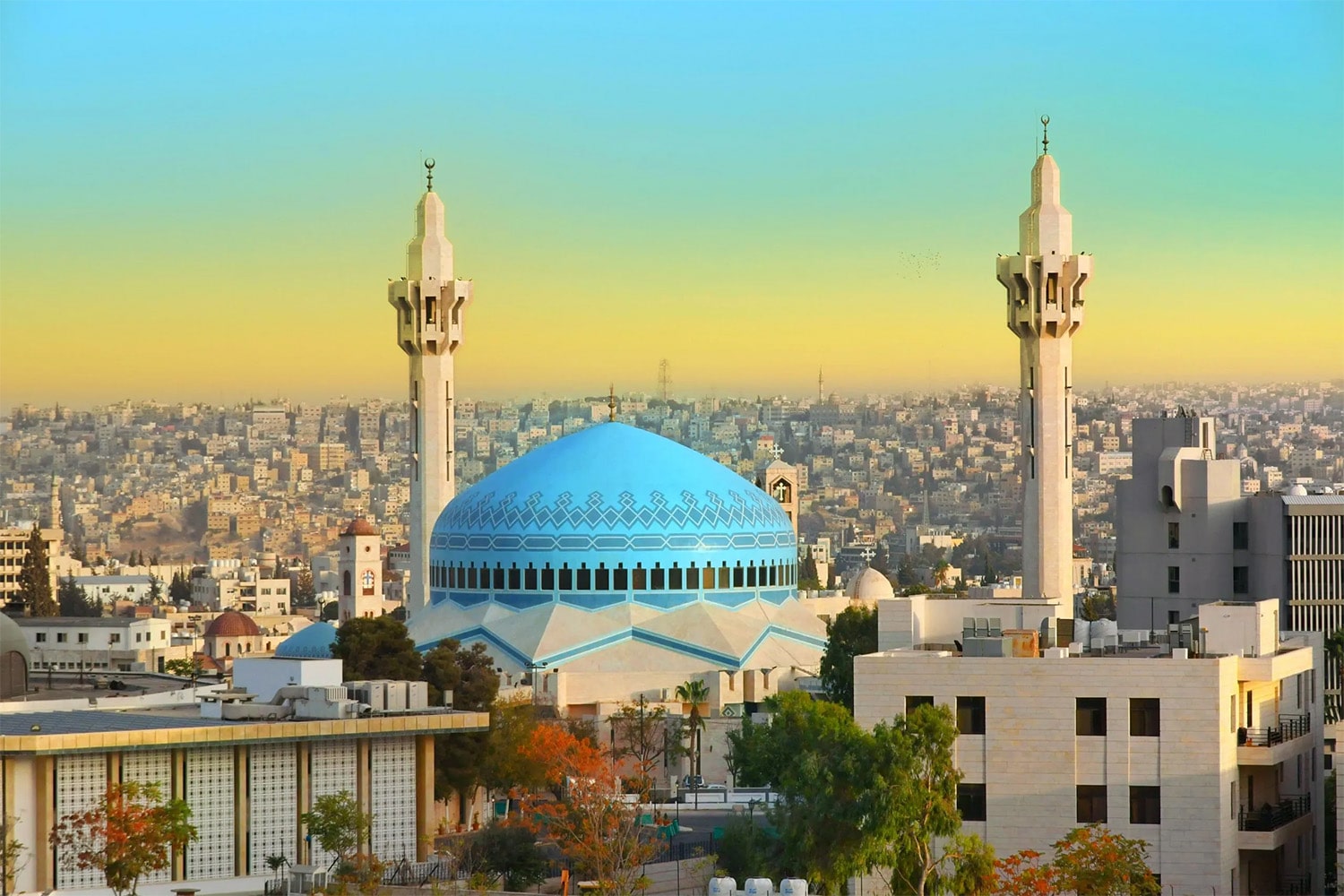
27 interesting facts about Amman
- 👁️ 275
Amman, the capital city of Jordan, is a fascinating blend of ancient history and modernity. It serves as a perfect example of how a city can preserve its rich historical heritage while embracing the rapid changes of the 21st century. Nestled in the heart of the Middle East, Amman is known for its stunning hilltop views, ancient ruins, and vibrant cultural scene. From its origins as a Neolithic settlement to its status as a bustling metropolis, Amman has witnessed centuries of human civilization, making it a captivating destination for travelers and a source of pride for its residents. Here are 27 interesting and informative facts about Amman that highlight its unique character and significance.
- Amman was originally built on seven hills, similar to Rome.
- The city’s history dates back to the 13th century BC, making it one of the world’s oldest continuously inhabited cities.
- It was once known as Rabbath Ammon, home to the Ammonites, and later as Philadelphia during the Hellenistic period.
- Amman is the capital and largest city of the Hashemite Kingdom of Jordan.
- The city is situated in a hilly area of northwestern Jordan, making it a city of great natural beauty.
- Amman’s population has grown rapidly in recent decades, now hosting over 4 million inhabitants.
- The city is a major cultural and economic center in the region, with a diverse and multicultural population.
- Amman is home to some of the best-preserved Roman ruins in the Middle East, including the Amman Citadel and the Roman Theatre.
- The Citadel, located on the highest hill in Amman, offers panoramic views of the city.
- The Roman Theatre, which can seat about 6,000 people, is still used for events today.
- Amman’s modern side features stylish neighborhoods, art galleries, cafes, and boutiques, particularly in the western part of the city.
- The King Abdullah I Mosque, with its stunning blue dome, is one of Amman’s most notable modern landmarks.
- The city serves as a hub for various international organizations and NGOs operating in the Middle East.
- Amman’s cuisine is a reflection of the city’s cultural diversity, offering a wide range of Middle Eastern dishes.
- The Jordan Museum, located in Amman, houses some of the Dead Sea Scrolls among its collections.
- Amman was named one of the Middle East and North Africa’s best cities for young people to live based on lifestyle and employment opportunities.
- The city experiences a semi-arid climate, with hot summers and cool, wet winters.
- Rainbow Street is one of Amman’s most famous streets, known for its historical buildings, shops, and cafes.
- The annual Amman Marathon promotes health and fitness, attracting participants from around the world.
- Amman’s public transportation includes buses and a recently developed rapid transit system known as the Bus Rapid Transit (BRT).
- The city is a blend of old and new, with ancient souks and ultra-modern shopping malls coexisting.
- Amman’s Queen Alia International Airport is a key travel hub for the region.
- Arabic is the official language, but English is widely understood and spoken, especially in the business and hospitality sectors.
- The city has several universities, including the University of Jordan, which is the oldest and largest in the country.
- Amman is considered relatively safe for both residents and tourists compared to other regional capitals.
- The city hosts the annual Amman International Film Festival, showcasing Arab and international cinema.
- Amman is increasingly becoming a destination for medical tourism in the region.
Amman is a city where the past and the present seamlessly intertwine, offering visitors and residents alike a rich tapestry of experiences. Its historical sites stand as testaments to human civilization, while its modern developments reflect a city in constant evolution. Amman’s blend of cultural heritage, natural beauty, and contemporary lifestyle makes it a unique and enchanting place. It is not only the political and economic heart of Jordan but also a vibrant cultural center that continues to attract people from all over the world. The city’s ongoing growth and development ensure that its story is far from over, promising even more for the future.
Amman, the capital city of Jordan, is a fascinating blend of ancient history and modernity. It serves as a perfect example of how a city can preserve its rich historical heritage while embracing the rapid changes of the 21st century. Nestled in the heart of the Middle East, Amman is…